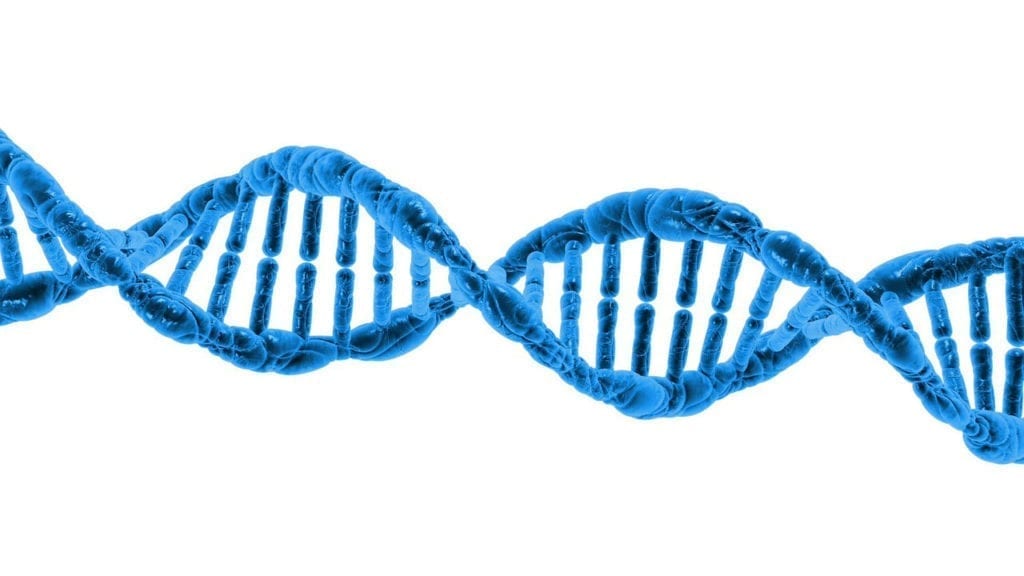According to a story from globenewswire.com, the specialty pharmaceutical company Santhera Pharmaceuticals will be entering a collaborative partnership with the University of Basel’s Biozentrum. The goal of this partnership will be to facilitate the development of a gene therapy for congenital muscular dystrophy. The project will specifically focus on muscular dystrophy linked to LAMA2 deficiency. The company will be working closely with Professor Markus Rüegg if the Biozentrum, who has already made significant progress in developing an innovative approach to gene therapy for LAMA2 congenital muscular dystrophy.
About Congenital Muscular Dystrophy
Congenital muscular dystrophy is a group of inherited, progressive, degenerative muscle diseases. Two abnormal copies of a gene must be inherited in order for a patient to display symptoms, and the many different types of congenital muscular dystrophy have been linked to a variety of genetic mutations. Symptoms of these diseases are varied but always consist of muscle weakness and atrophy, which can begin in different muscle groups. Children with the disease experience delays in development, and if they do eventually learn to sit up, roll over, and walk, they eventually lose these abilities later on. Some forms can also cause intellectual disability. Management includes monitoring cardiac, digestive, and respiratory function. Therapy can help improve or maintain functionality as well. To learn more about congenital muscular dystrophy, click here.
Gene Therapy for LAMA2 Congenital Muscular Dystrophy
The unique approach involves the transgenic expression of certain linker proteins that have been specially designed. These proteins were able to intervene in the loss of muscle tissue in a mouse model of LAMA2 congenital muscular dystrophy. This resulted in weight gain and improvements in muscle size and strength, leading to improved overall survival for the animals. These results suggest that the approach could have significant therapeutic benefits in human patients.
Santhera anticipates that the linker protein approach could be effective in combination with another treatment that the company is working on called omigapil. This experimental therapy has also shown benefit in mouse models and the data suggests that combining these two treatments could have synergistic effects. Omigapil has earned orphan drug status in both the US and the EU for congenital muscular dystrophy as well as Fast Track designation in the US.








